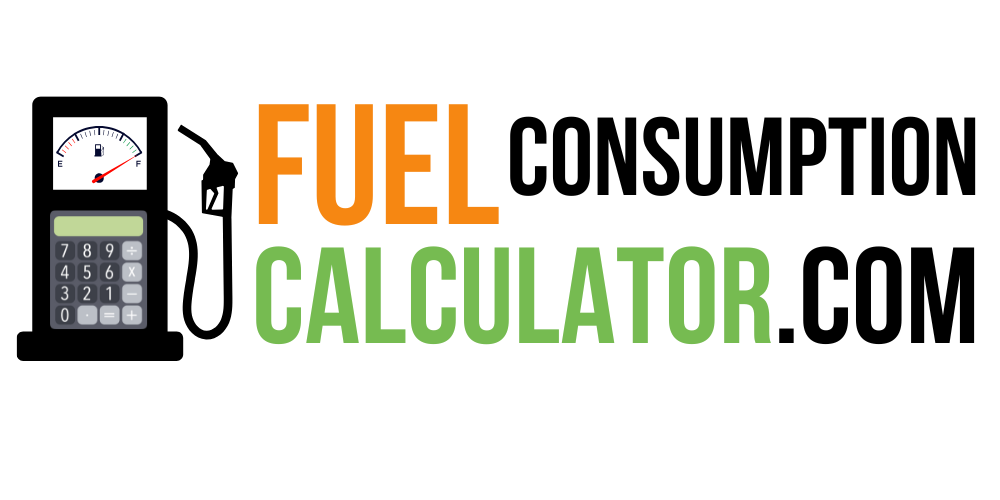Fuel prices keep going up, so many drivers want to use less gas, especially in automatic cars. But what’s the best way to cut down on fuel use in these cars? Learning how to get better gas mileage can save you a lot of money over time. It’s all about knowing how automatic transmissions work and changing your driving habits.
Contents
- 1 Plan Your Trips Ahead of Time
- 2 Drive at a Steady, Normal Speed
- 3 Check Tire Pressures Regularly
- 4 Reduce Excess Weight and Cargo
- 5 Utilize Cruise Control on Highways
- 6 Avoid Excessive Idling
- 7 Keep Up with Regular Engine Maintenance
- 8 Drive with Windows Up and AC On
- 9 Practice Predictive and Efficient Driving
Key Takeaways:
- Plan your trips ahead of time to combine errands and reduce the number of times the engine is started and stopped
- Maintain a steady, normal driving speed to improve fuel efficiency in automatic cars
- Regularly check and properly inflate your tires to minimize drag and maximize mpg
- Reduce excess weight and cargo to lighten the load and improve fuel consumption
- Use cruise control on the highway to maintain a constant speed and save gas
Plan Your Trips Ahead of Time
Planning your trips efficiently can significantly reduce fuel consumption in your automatic car. By combining errands and choosing optimal routes, you can minimize travel distance and stops, resulting in less fuel usage.
Combine Errands into One Trip
Instead of making multiple trips, plan your errands and meetings in advance. This approach reduces overall driving time and frequent engine starts, saving fuel, time, and effort.
Choose the Best Route for Fuel Efficiency
When planning your trips:
- Avoid heavy traffic and frequent stops
- Use navigation tools to find the most fuel-efficient route
- Combine multiple errands into a single trip
These strategies help reduce driving time, minimize stops, and optimize fuel usage, ultimately saving money and reducing environmental impact.
Drive at a Steady, Normal Speed
Maintaining a consistent speed is crucial for fuel efficiency in automatic cars. According to the provided information:
- Varying speed between 75-85 km/h every 18 seconds can increase fuel consumption by up to 20%
- Driving at 120 km/h uses about 20% more fuel than driving at 100 km/h
Maintain Constant Speed on Highways
Using cruise control on highways helps maintain a steady speed, reducing engine workload and improving fuel efficiency, especially during long drives.
Avoid Aggressive Acceleration and Braking
Smooth driving habits can significantly improve fuel efficiency:
- Avoid quick accelerations
- Prevent sudden braking
- Maintain a steady speed when possible
| Driving Behavior | Fuel Consumption Impact |
|---|---|
| Varying speed between 75-85 km/h every 18 seconds | Increases fuel use by up to 20% |
| Driving at 120 km/h | Uses about 20% more fuel than at 100 km/h |
| Idling for 10 minutes (3-litre engine) | Wastes 300 ml (over 1 cup) of fuel |
Check Tire Pressures Regularly
Proper tire inflation is essential for optimal fuel efficiency. The U.S. Department of Energy states that maintaining correct tire pressure can improve gas mileage by up to 3%.
Key points:
- Check tire pressures monthly
- Use recommended PSI levels (found on driver’s side door jamb or in owner’s manual)
- Properly inflated tires can improve gas mileage by an average of 0.6%, with potential increases up to 3%
- Under-inflated tires can lower gas mileage by about 0.2% for every 1 psi drop in average pressure
Additional tire maintenance tips:
- Rotate tires regularly (about twice a year)
- Ensure proper wheel alignment
- Replace tires when treads wear down
Reduce Excess Weight and Cargo
Carrying unnecessary weight in your automatic car reduces fuel efficiency. The impact of excess weight on fuel consumption is significant:
| Vehicle Weight Reduction | Fuel Efficiency Improvement |
|---|---|
| 100 lbs | 1-2% improvement in MPG |
| 500 lbs | 5-10% improvement in MPG |
| 1000 lbs | 10-15% improvement in MPG |
Remove unnecessary items from your car to improve fuel economy.
Utilize Cruise Control on Highways
Cruise control is an effective tool for saving fuel in automatic cars, especially on highways. It maintains a steady speed, optimizing engine performance and reducing fuel consumption.
Adaptive cruise control (ACC) further enhances efficiency by adjusting speed for hills and valleys. However, manual driving may be more fuel-efficient on winding roads or in changing conditions.
Note: Cruise control is most effective on highways and less suitable for heavy traffic or city driving.
Avoid Excessive Idling
Idling wastes fuel even when the car is stationary. It’s recommended to turn off the engine for waits longer than three minutes.
- Idling can burn between 0.1 and 0.5 gallons of fuel per hour
- Turning off the engine during long stops saves fuel and reduces environmental impact
- Minimizing idling also extends engine life
Keep Up with Regular Engine Maintenance
Regular maintenance is crucial for fuel efficiency. The U.S. Department of Energy provides the following data:
| Maintenance Task | Fuel Efficiency Improvement |
|---|---|
| Replacing a dirty air filter | Up to 10% increase |
| Performing a fresh oil change | Up to 4% increase |
| Conducting a tune-up | Up to 4% increase |
| Ensuring proper tire care (inflation and alignment) | Up to 3% increase |
Regular maintenance not only improves fuel efficiency but also extends the life of your vehicle.
Drive with Windows Up and AC On
Contrary to popular belief, driving with windows up and AC on can be more fuel-efficient at high speeds. Studies suggest:
- Using AC is more efficient than open windows at speeds over 40 mph
- Below 40 mph, open windows are more fuel-efficient
- Modern cars are becoming more efficient in AC fuel consumption
The impact varies based on car design, engine size, and other factors. Maintaining your car properly also contributes to overall fuel efficiency.
Practice Predictive and Efficient Driving
Adopting predictive and efficient driving habits can significantly improve fuel economy:
- Anticipate road conditions ahead
- Maintain a safe distance from other vehicles
- Avoid sudden acceleration or braking
- Choose less congested routes when possible
- Drive smoothly and at a steady speed
By implementing these techniques, you can reduce fuel consumption and save money on gas.

Hi, I’m Sufiyan, the developer behind this platform. I created FuelConsumptionCalculator.com to simplify fuel tracking for everyone — because understanding your vehicle shouldn’t require a degree in mechanics. I’m always working on adding more tools and content to make this site even more useful

